The real story of the ‘Rosie the Riveter’ movement
Rosie the Riveter is more than just a poster girl; she’s a symbol of strength and resilience that has endured for generations. Born out of necessity during World War II, Rosie became a beacon of empowerment, encouraging women to step into roles traditionally held by men.
Her iconic image, complete with a polka-dotted bandana and determined expression, continues to inspire women around the world to break barriers and forge new paths.
The Birth of a Cultural Icon
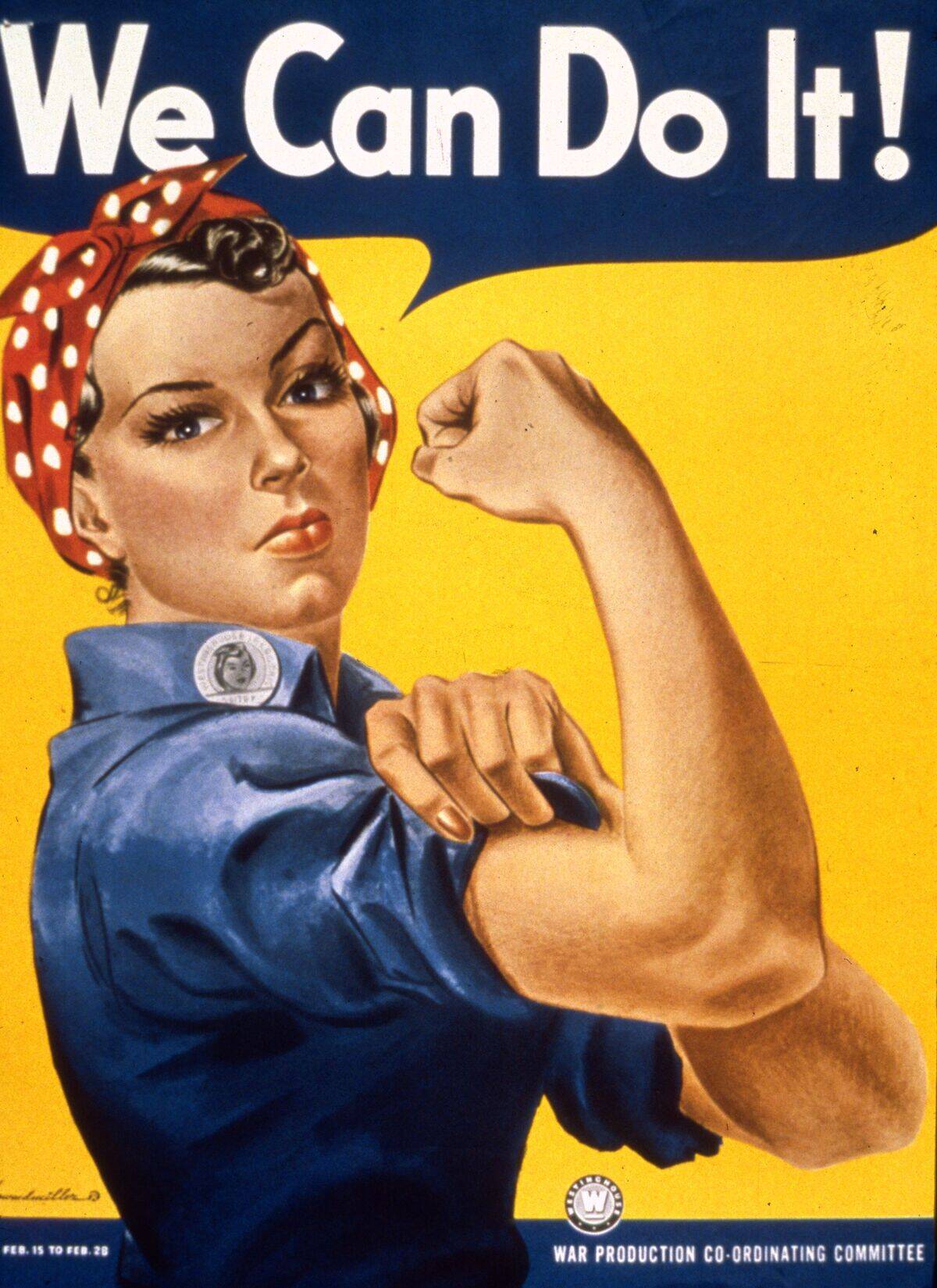
Rosie the Riveter emerged from the wartime need to fill jobs as men went off to fight in World War II. The character was crafted to encourage women to join the workforce, marking a significant shift in gender roles.
Inspired by real-life women who took on challenging roles in factories, Rosie quickly became a cultural phenomenon and remains one of the most recognizable figures from that era.
The Historical Context: World War II and the Labor Shortage
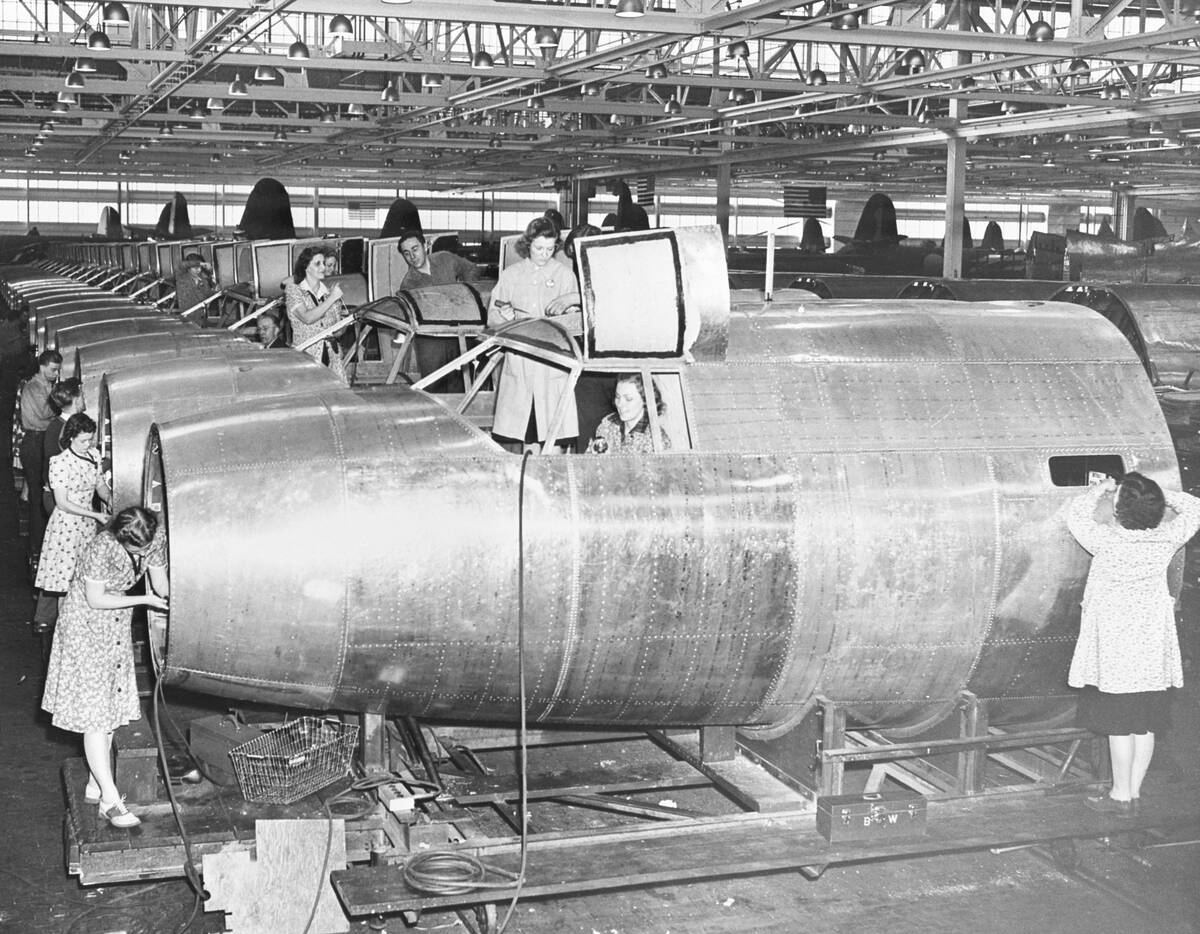
During World War II, the United States faced an unprecedented labor shortage as millions of men enlisted in the military. Women were called upon to fill these gaps, taking on jobs in manufacturing and production.
This shift was essential to support the war effort and led to a dramatic change in the workforce composition, with women making up about 36% of the workforce by 1945.
The Real “Rosies”: Women Workers on the Home Front
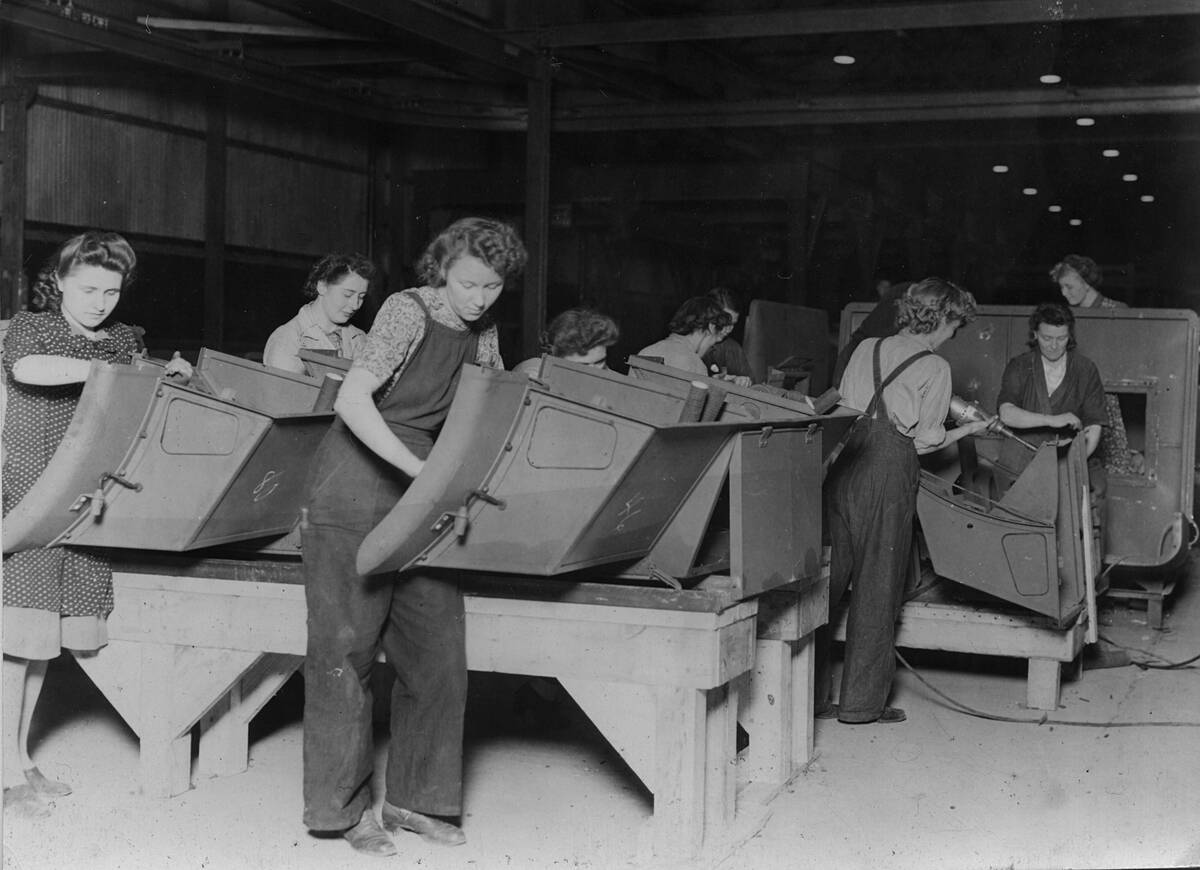
The real Rosies were the women who worked tirelessly in factories, shipyards, and other essential industries during the war. These women proved that they could handle jobs that were once considered too demanding for their gender.
Their contributions were crucial to the Allied victory, and they paved the way for future generations of women in the workforce.
The Government’s Role in Promoting Female Labor

The U.S. government played a key role in encouraging women to join the workforce during World War II. Through campaigns and propaganda, they portrayed female workers as patriotic and essential to the war effort.
This not only helped to alleviate the labor shortage but also began to shift societal perceptions about women’s capabilities and their roles in the workplace.
The Influence of J. Howard Miller’s Famous Poster
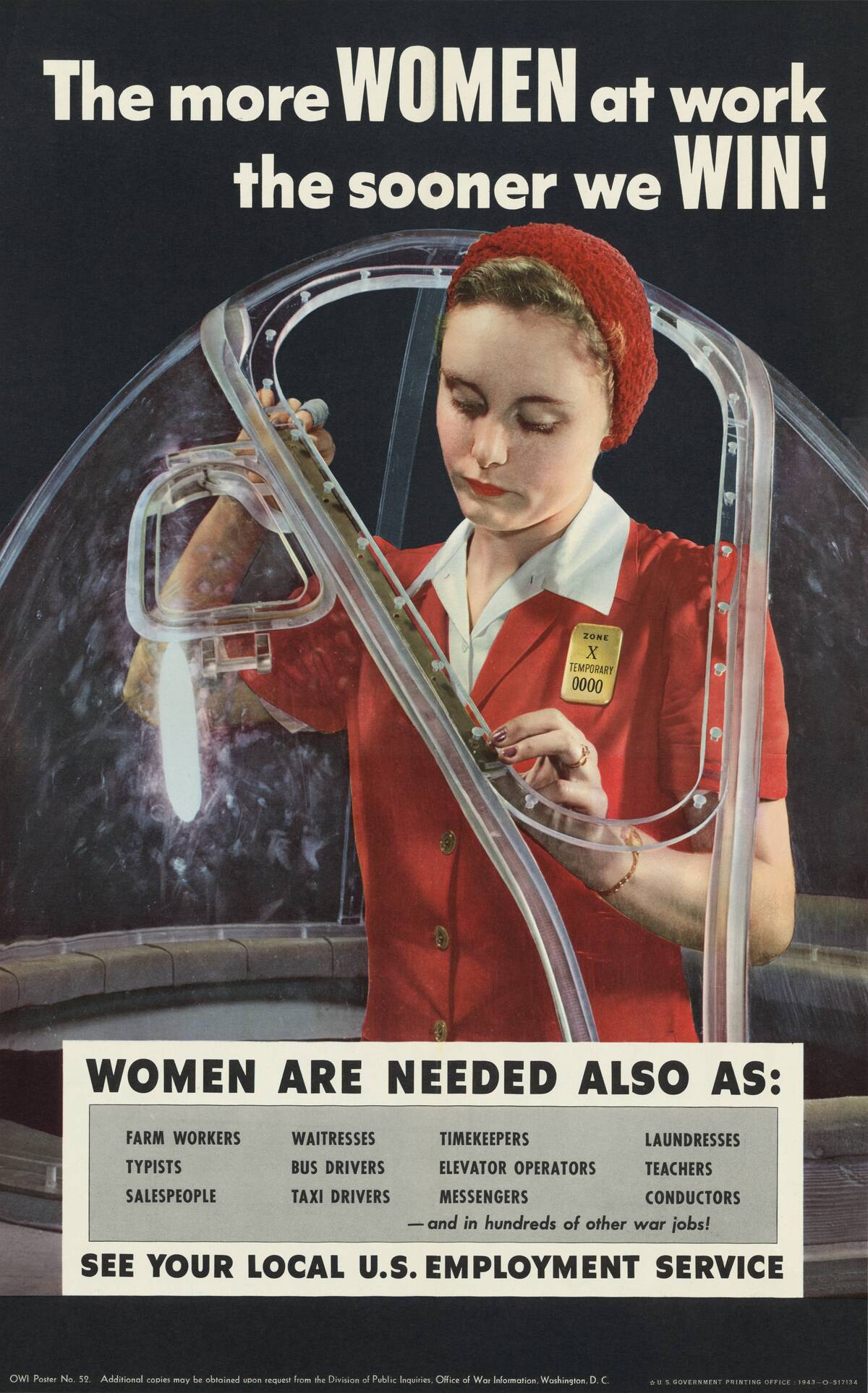
J. Howard Miller’s “We Can Do It!” poster is one of the most enduring images of Rosie the Riveter. Although initially created as an internal Westinghouse Electric Corporation poster, it later became a symbol of female empowerment.
The poster’s bold colors and strong message captured the spirit of the era, and its influence has persisted through the decades, continuing to inspire new generations.
Rosie’s Riveting Symbolism: Strength, Feminism, and Patriotism

Rosie the Riveter is a multifaceted symbol, representing strength, feminism, and patriotism all at once. She challenged traditional gender roles by showing that women could do the same jobs as men, if not better.
Rosie’s image has been used in countless campaigns to promote gender equality and women’s rights, making her an enduring icon of empowerment.
The Day-to-Day Life of a Rosie: Balancing Work and Home
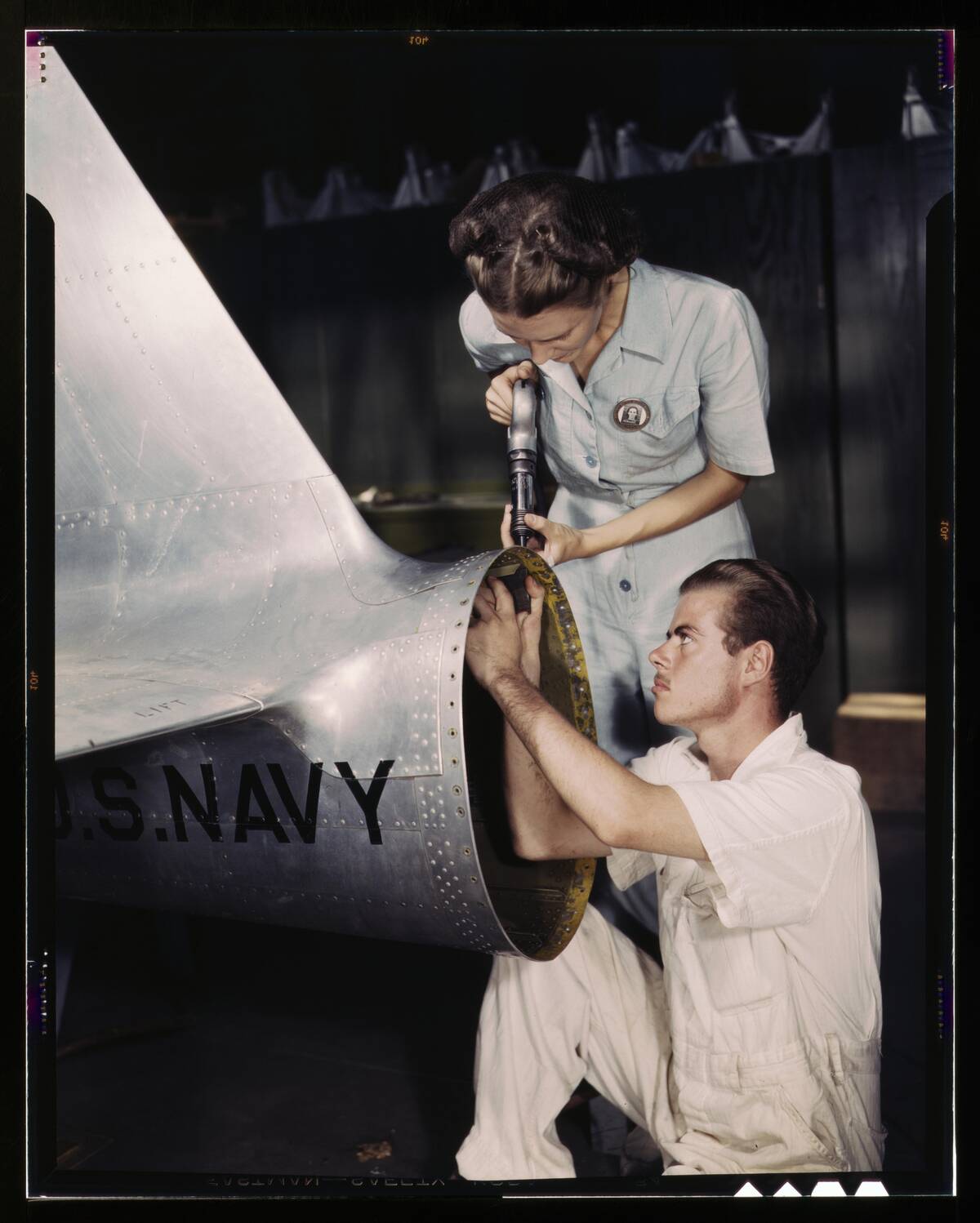
Balancing work and home life was a challenge for many women during World War II. While they took on physically demanding jobs, they also had to manage household responsibilities.
Despite these challenges, many women found a sense of independence and accomplishment in their work, which contributed to changing perceptions of women’s roles both during and after the war.
Unsung Heroes: Stories of Real-Life Rosies

Countless women took on the mantle of Rosie the Riveter, yet many of their stories have gone untold. Women like Naomi Parker Fraley, who inspired the famous poster, and others who riveted planes and built tanks, played crucial roles in the war effort.
These unsung heroes not only contributed to the Allied victory but also laid the groundwork for future advances in women’s rights.
The Impact on Women’s Rights and Workforce Participation
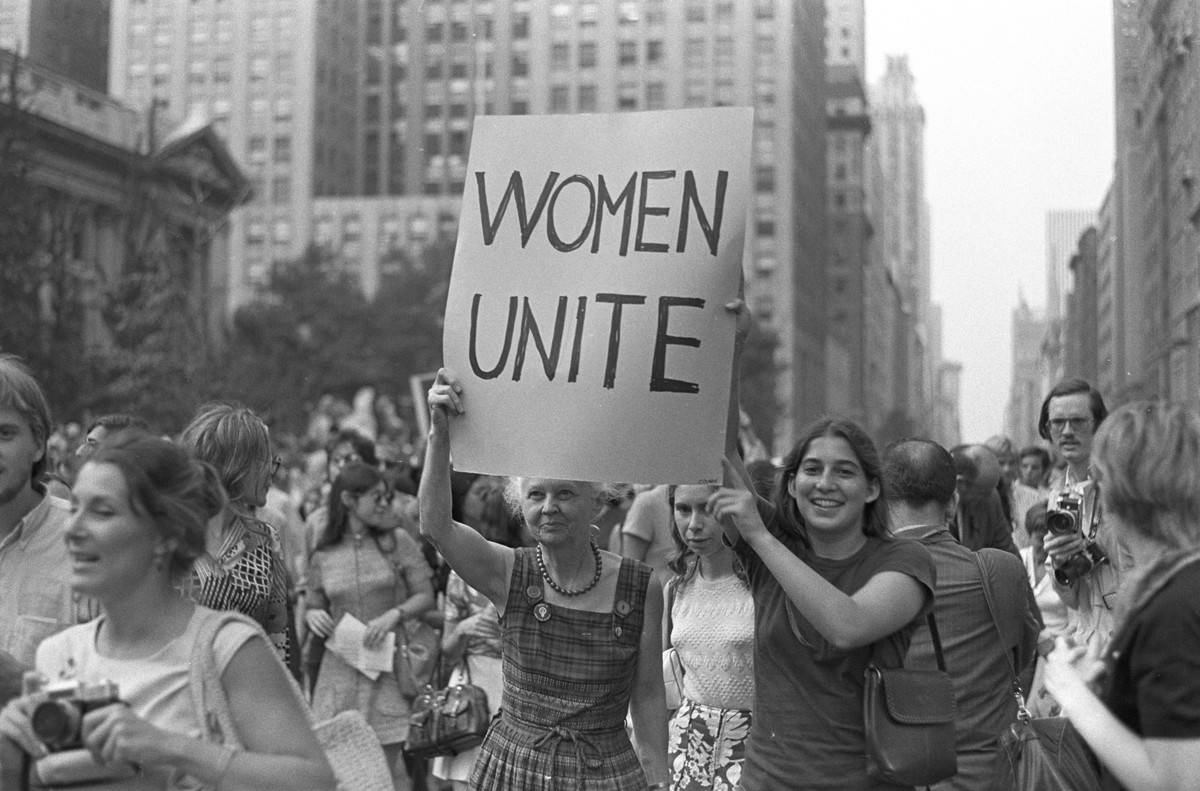
Rosie the Riveter’s legacy is deeply intertwined with the women’s rights movement. The wartime shift in workforce demographics opened doors for women, leading to increased participation in various industries.
The experience and confidence gained during this period fueled the fight for equal rights, contributing to significant strides in gender equality in the decades that followed.
Rosie’s Fashion: From Bandanas to Overalls
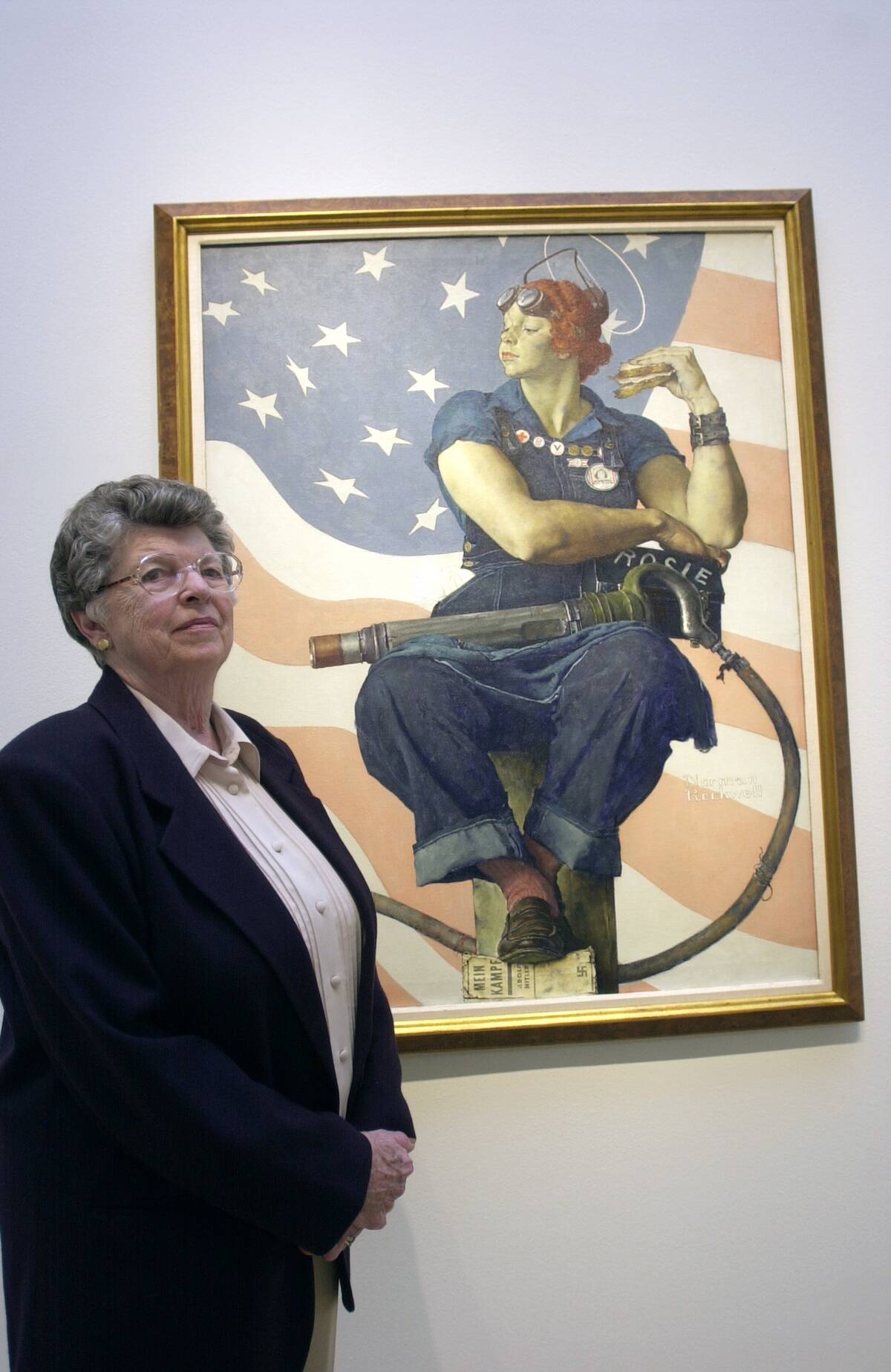
Rosie’s iconic look, featuring a red and white polka-dot bandana and blue work shirt, became a symbol of practicality and strength. This fashion was not merely symbolic; it was also functional, designed for the rigorous demands of factory work.
Her style has been celebrated in fashion circles and continues to be a popular costume choice for those looking to channel her empowering spirit.
The Role of Propaganda in the Rosie Movement

Propaganda played a crucial role in the Rosie the Riveter movement, with the government and companies using posters, films, and advertisements to encourage women to join the workforce.
These materials depicted women as capable and essential, reshaping public perceptions and setting the stage for future discussions about gender roles and equality.
The Legacy of Rosie the Riveter: A Symbol that Endures
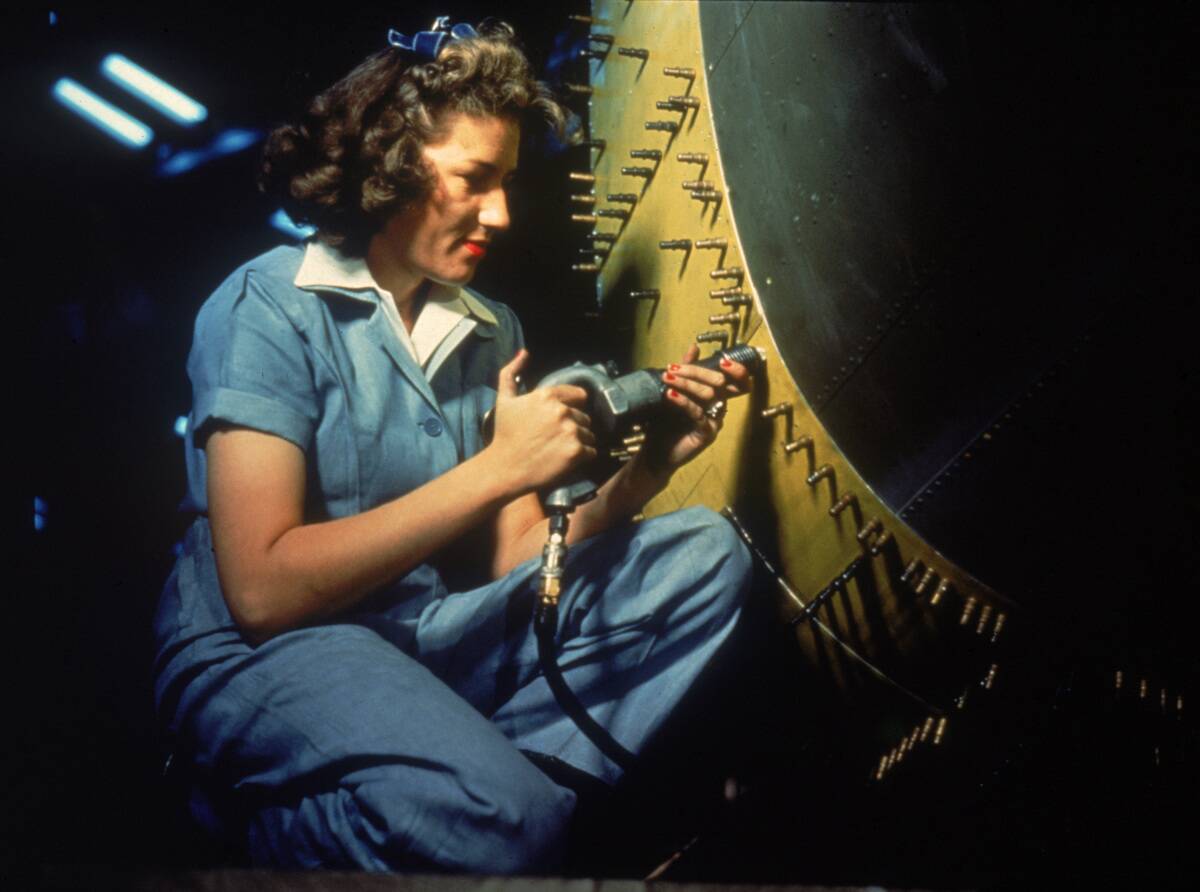
The legacy of Rosie the Riveter is one of enduring strength and empowerment. As a symbol of resilience and determination, Rosie has inspired countless women to pursue their dreams and break through barriers.
Her image remains a powerful reminder of the contributions women have made—and continue to make—in shaping the world.
The Rosie the Riveter/World War II Home Front National Historical Park
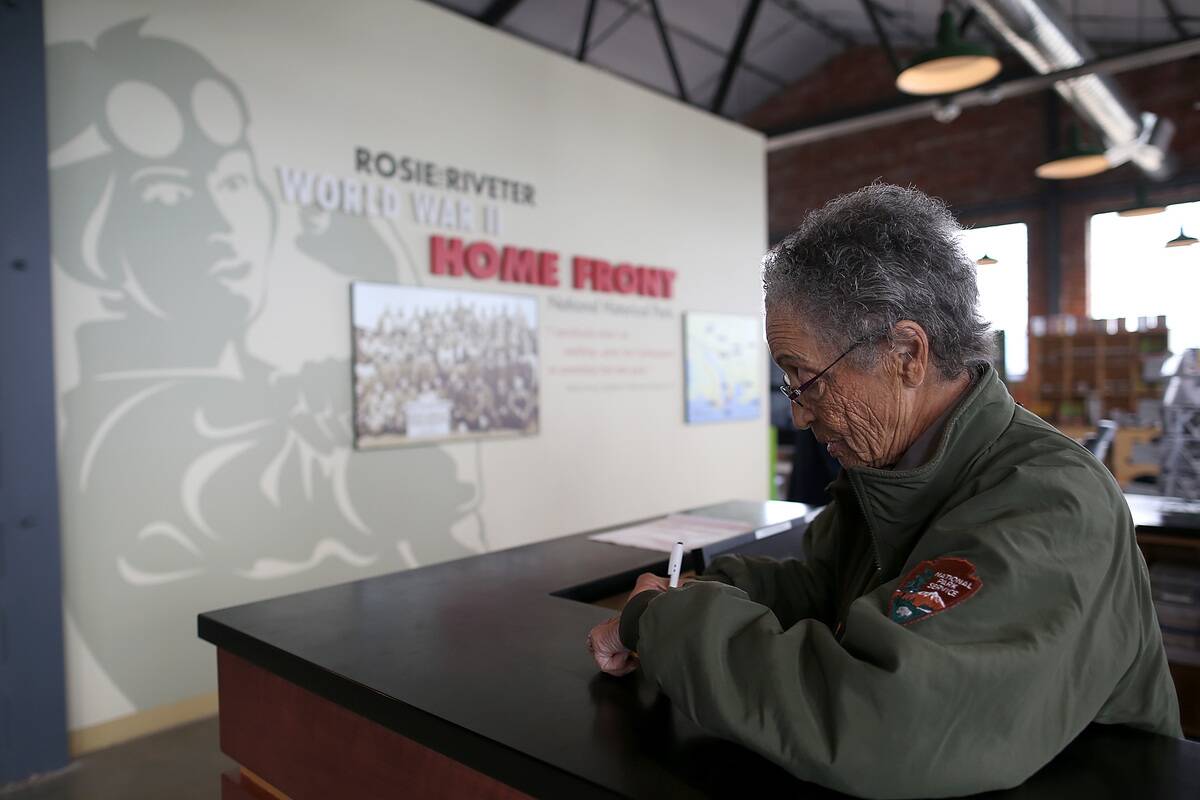
The Rosie the Riveter/World War II Home Front National Historical Park in California celebrates the contributions of women during the war. Visitors can explore exhibits and learn about the real-life Rosies who worked in industries across the country.
The park serves as a tribute to their legacy and offers a place for reflection on the pivotal role women played in history.
Modern-Day Rosies: Women in the Workforce Today

Today, women continue to break barriers in various fields, from science and technology to arts and politics. The spirit of Rosie the Riveter lives on in these modern-day pioneers who challenge the status quo.
As women continue to make strides in workforce participation and leadership roles, Rosie’s message of empowerment remains as relevant as ever.



